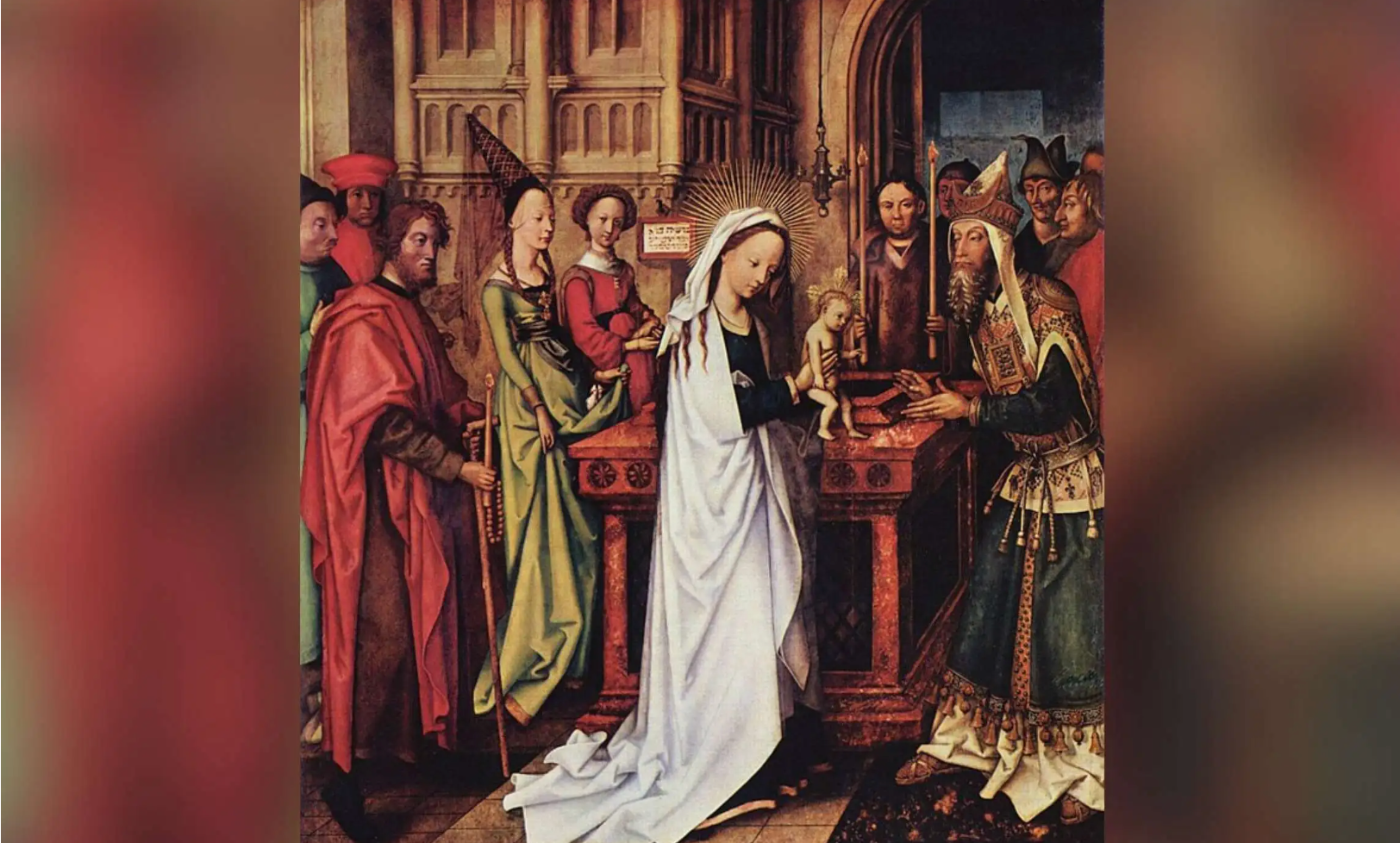Feast of the Presentation of the Lord and Candlemas bring light on dark winter days
A lot happens on Feb. 2 for Catholics. There is the Feast of the Presentation of the Lord and the World Day for Consecrated Life. Even Groundhog Day, also on Feb. 2, has early Christian ties.
The Feast of the Presentation of the Lord, also known as Candlemas, is one of the oldest feast days from the ancient Christian Church, dating back to at least the 4th century. In Europe, many still retain the ancient tradition of keeping up the evergreens until the feast day.
The Feast of the Presentation of the Lord takes place 40 days after the birth of Christ on Feb. 2. That is because per Jewish law, Mary and Joseph brought Jesus to the temple in Jerusalem to be consecrated to the Lord 40 days after he was born, as is written in Luke 2:22.
The feast is also known as the Purification of the Blessed Virgin Mary because while presenting the baby at the temple, the mother would be purified through a sacrifice of a lamb and a pigeon for the wealthy or two pigeons or doves for the not-so-wealthy.
The date ends the epiphany when Jesus was revealed to the Magi. But it contains another epiphany.
In Luke, the prophet Simeon takes Jesus in his arms and acknowledges him as the Savior while visiting the temple. The Holy Spirit had told the ancient Simeon that he would not die before he had seen the Messiah of the Lord: “Now, Master, you may let your servant go in peace, according to your word, for my eyes have seen your salvation, which you prepared in sight of all the peoples, light for revelation to the Gentiles, and glory for your people Israel.”
Because of Simeon’s epiphany of Christ as the “light to the Gentiles,” Pope Sergius added a candlelight procession to the Mass during the Feast of the Presentation of the Lord in the eighth century. The tradition of blessing and distributing candles became part of the celebration, giving the feast its name of “Candlemas.”
Candlemas, symbolizing Christ as the light of the world, is also the day the Church celebrates World Day for Consecrated Life, a reminder that God calls men and women to religious vocations to reflect Christ’s light to all people.
The folklore of rodents, shadows, and weather predictions is rooted in the Christian tradition of Candlemas Day, too. In Europe, many religions used Candlemas as the day to predict the start of spring using an animal[QS1] because it falls midway between the winter solstice and the spring equinox, when so many sought spring’s light. The animal was typically a badger in the early years, but in Germany, a bear or fox was used. Early Catholic tradition called for the use of a hedgehog. If the animal saw its shadow, it meant a longer winter.
The Archdiocese of Newark will hold a World Day for Consecrated Life Mass on Saturday, Feb. 3, at 4 p.m. with Cardinal Joseph W. Tobin, C.Ss.R., Archbishop of Newark, presiding at St. Therese of Lisieux Church in Cresskill.
Many churches have continued the tradition of blessing candles and candlelight Masses on Feb. 2. Check with your parish for celebrations.
Edited: The famous groundhog Punxsutawney Phil did not see his shadow on Friday, Feb. 2. If tradition holds, this means an early spring.
Feast of the Presentation Prayer



